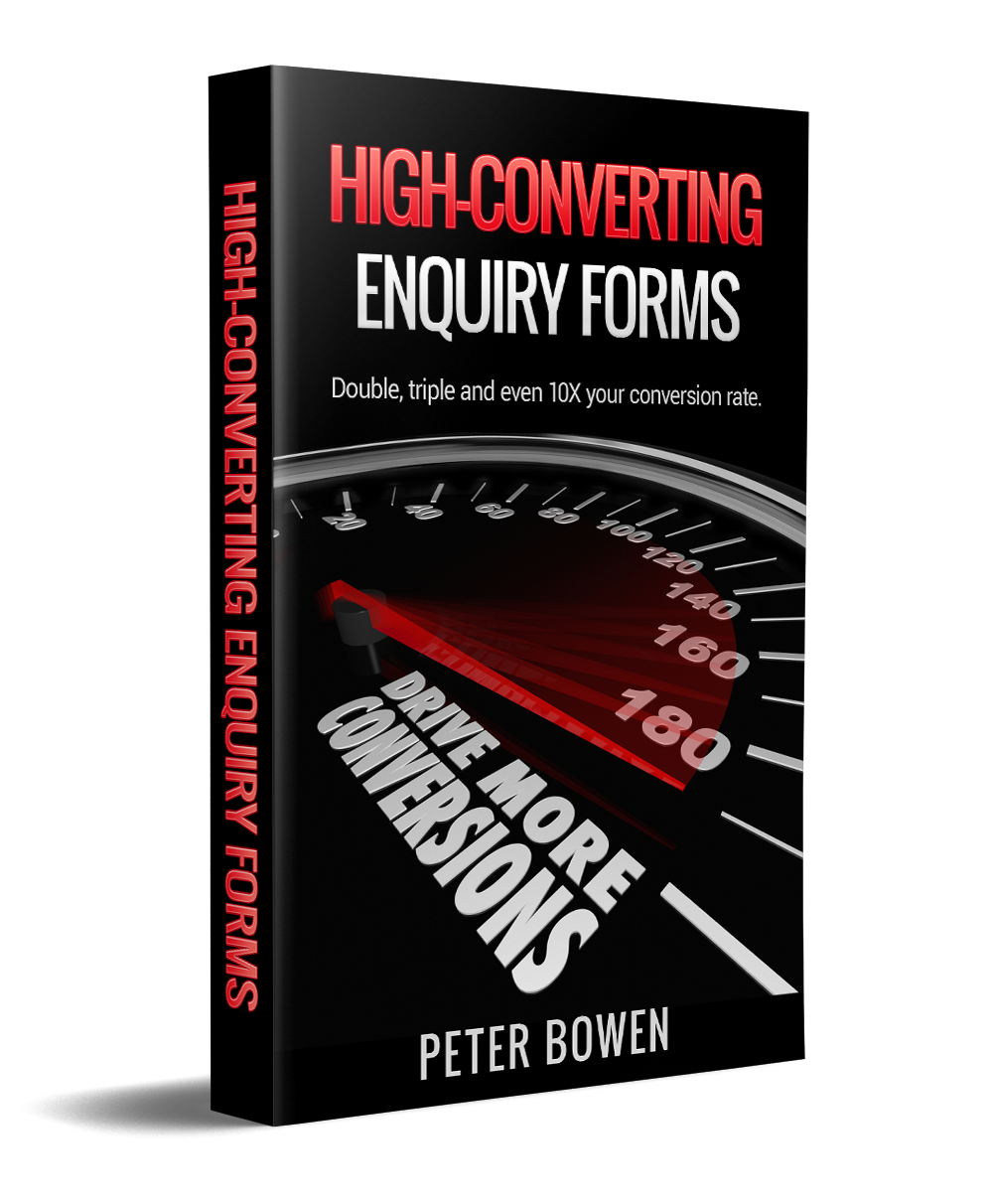Watch your back for centaurs.
I sometimes feel like Google is trying to build an AI that will put me out of a job.
AdWord’s newest AI feature - ad suggestions - turns copywriting over to the machines. The AI generates new ads based on your existing ad copy. Some are OK but others are clunky.
Teaching a computer to write ads is hard. Those automatic ads will get better in time but obsolescence by copywriting bot isn't today's problem. Centaurs are.
I’m not referring to the mythical half-man half-horse. I’m thinking of a centaur in the context of Advanced Chess.
Grandmaster Garry Kasparov (of IBM Deep Blue fame) popularised the concept of Advanced Chess: human+computer vs human+computer. The human+machine combos are called centaurs.
The human brings intuition, creativity and empathy. The computer enhances these traits with data crunching superpowers and the ability to remember and calculate tens of thousands of moves, countermoves and outcomes.
Centaur chess has elevated the standard of play to heights never seen in human vs human matches. The human+computer centaur plays better chess than either humans or computers can play independently.
AdWords is sufficiently similar to chess that I am confident that we humans aren’t going to be superseded by an AI anytime soon.
But, like chess, centaurs will outperform and replace AdWords agencies that rely on human power alone.
Aside: I’m writing from an AdWords perspective, but this is true for many professions and trades. Those who combine computer power with their human skills are going to do better than those who compete with only human attributes.
Google offers four approaches to AdWords automation. They are, from simplest to use to most complex.
Automated bidding. The human chooses which bid strategy is best for the campaign. The computer adjusts bids hundreds or thousands of times a day. This automation is easy to run but offers little flexibility.
Rules give more flexibility but take more thought to set up. You can pause or enable ads, change budget and bids or even set up a monitoring and warning system etc.
Scripts are more powerful than rules or automated bidding, but you have to be able to write Javascript code to use them.
And, finally there is the AdWords API. The AdWords API gives you programatic access to your AdWords account. Almost anything you can do manually in AdWords can be done by computer through the API.
I recently used the AdWords API to build the computer half of an AdWords centaur. I can’t let you into the specifics of the program I wrote but here's roughly how it works.
- The computer half of the team shows up to work at midnight every night. It uses the API to get campaign performance stats.
<li>It evaluates the number of impressions, clicks and conversions for every enabled advert. It looks at average position, cost per click and costs per conversion. It feeds that data into an analysis engine and comes up with a list of adverts that aren't pulling their weight.</li>
<li>The human half of the centaur starts work at about 9, after coffee. Her computer teammate presents the suggested changes to her. Each proposed change includes the supporting data and reasoning behind it.</li>
<li>She sips her coffee while considering the computer's suggestions against the overall strategy for the campaign in question.</li>
<li>If she's comfortable with it she clicks a button to make the move. The computer uses the API to make the change live in AdWords.</li>
The human used to do some of the data crunching using a spreadsheet - centaur lite.
The spreadsheet gave the right answer but the process took too long. The human had to navigate to the right AdWords account, download the appropriate data, massage it into the spreadsheet template etc.
Then, if the numbers suggested an improvement, it was back to AdWords to find the appropriate screen and take action.
Setting up the spreadsheet - version 1 of the analysis engine - took real skill and deep understanding of AdWords. But after that, much of the human work was low value - navigating screens, reformatting data etc. It was also prone to errors.
Sometimes the effort was wasted when the calculations showed no opportunities for improvement.
Teaming up with a computer lets her optimise every campaign every day. It frees the rest of her day to do high-value work instead of being a data monkey.
You can use the AdWords API for far more than just optimisation.
In my agency, we use automation to build AdWords campaigns. I’ve written computer code to group keywords into ad groups, write adverts, add negative keywords and build landing pages. The computer isn't perfect. It does the heavy lifting and a human does the final check and polish.
I’ve also seen automation used for keyword research, generating meaningful reports and working as an early warning system for errors and subpar performance.
Here are some resources on AdWords automation you might find useful.
<li><a href="https://support.google.com/adwords/answer/2472779?hl=en-GB" target="blank">Google on AdWords rules.</a></li>
<li><a href="https://support.google.com/adwords/answer/188712?hl=en-GB" target="blank">Google on AdWords scripts.</a></li>
<li><a href="https://docs.google.com/spreadsheets/d/1xt6M4ek2IUj15wWmuc1RUKAaZDkEAgojMFFgWUVBPyw/edit#gid=0" target="blank">A list of links to 140+ scripts.</a>
<li><a href="https://pete-bowen.com/google-ads-api/building-custom-tools-with-the-google-ads-api" target="blank">Building custom Google Ads tools with the API</a></li>
<li><a href="https://developers.google.com/adwords/api/docs/guides/start" target="blank">Official AdWords API documentation.</a>

Related articles
Should you use Target CPA bidding for lead generation campaigns? Google wants you to use Target CPA bidding. Is it right for lead generation campaigns? Read on to find out.
Google Ads: Automated vs manual bidding. The question: "How much of a performance gain can I expect with good manual tuning?" I decided not to answer the exact question and suggest an alternative to manual tuning.